
 Department of Conservation and Recreation
Department of Conservation and Recreation
Conserve. Protect. Enjoy.
 Department of Conservation and Recreation
Department of Conservation and Recreation
By Emi EndoPosted January 15, 2025
One way the Virginia Natural Heritage Program at DCR carries out its mission to conserve the state’s natural heritage resources is to find out what is still here.
Here are just a few highlights of recent rare finds – and new discoveries – throughout Virginia from DCR’s botanists, ecologists, zoologists and karst scientists.
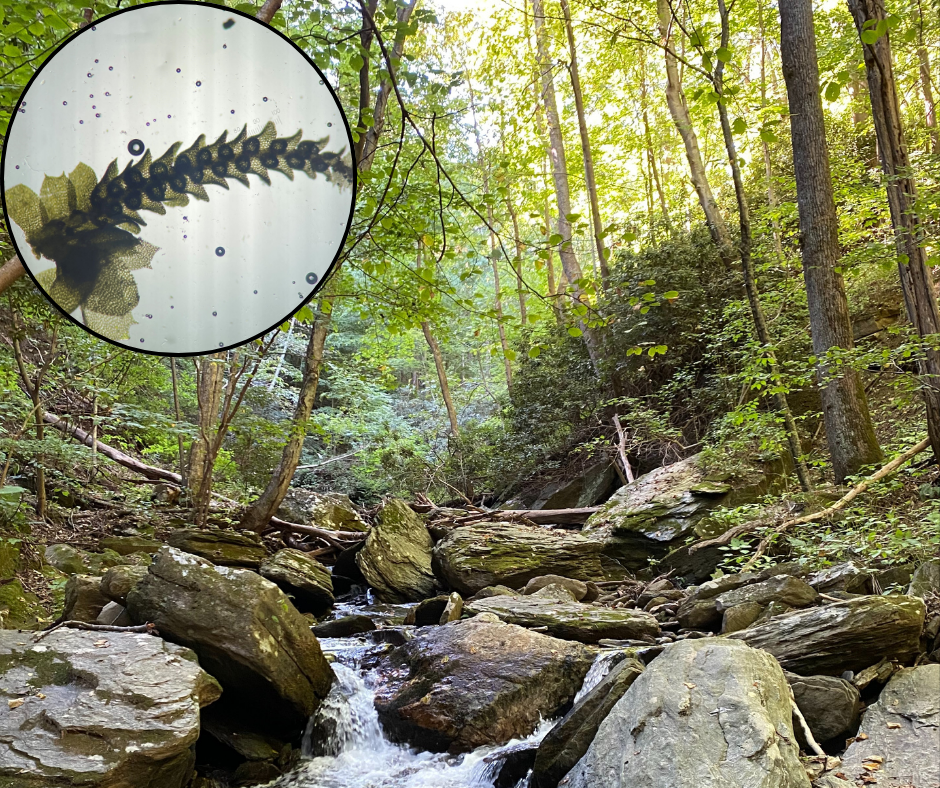
Senior Botanist Johnny Townsend discovered a globally rare liverwort, Appalachian crestwort (Lophocolea appalachiana), for the first time in the winter of 2024. Found along a shaded stream in Patrick County, in the Southern Blue Ridge, it was previously only known to occur in five other states. Liverworts, like mosses, are plants without a vascular system that reproduce by means of spores rather than flowers.
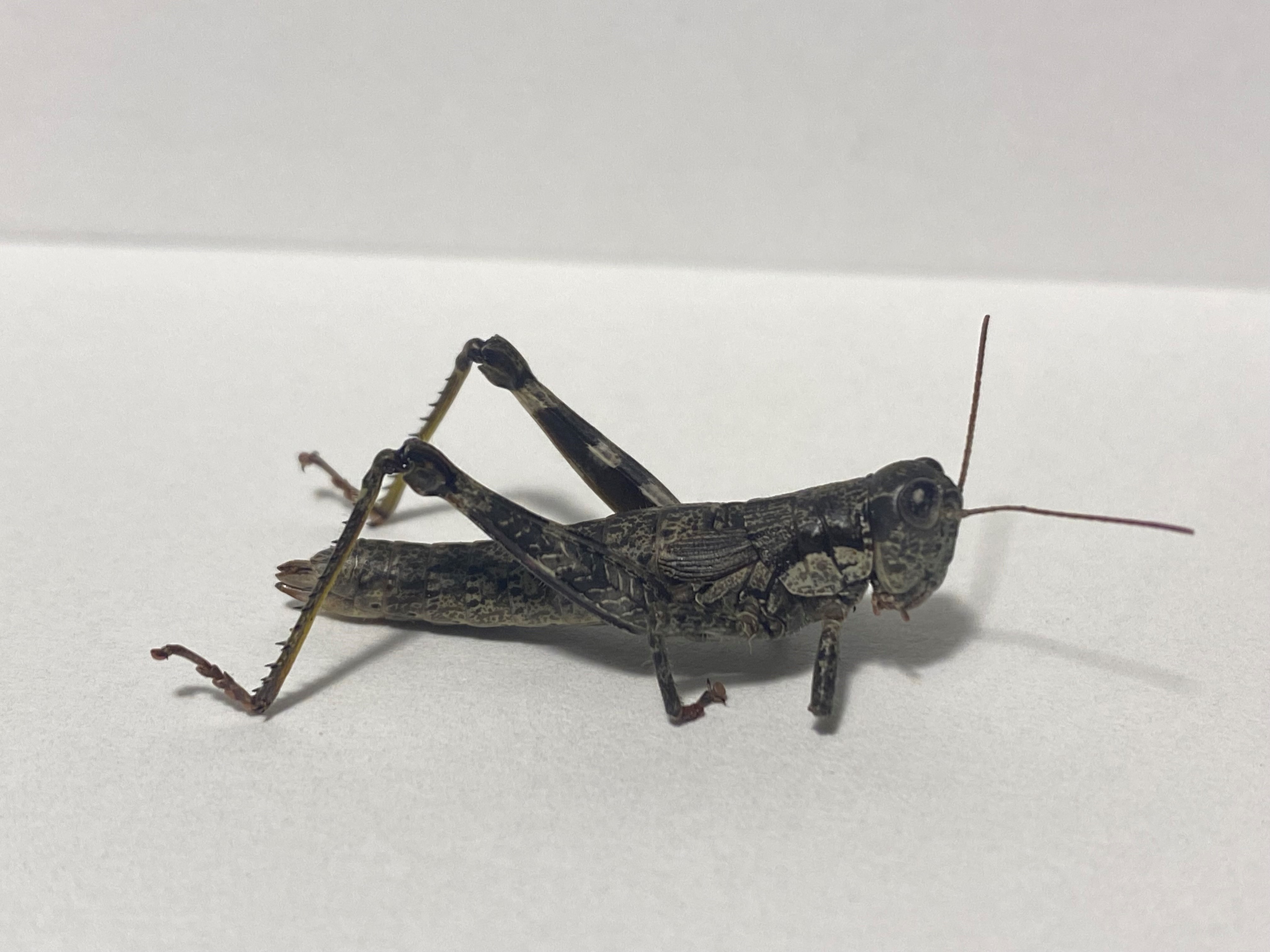
Andrew Rapp, field zoologist, discovered an Appalachian grasshopper (Appalachia hebardi) once believed to have gone extinct, on Sept. 3 in Augusta County. This flightless species with impressive camouflage had been known from only historical records in five counties in Virginia and had not been documented here since 1946.
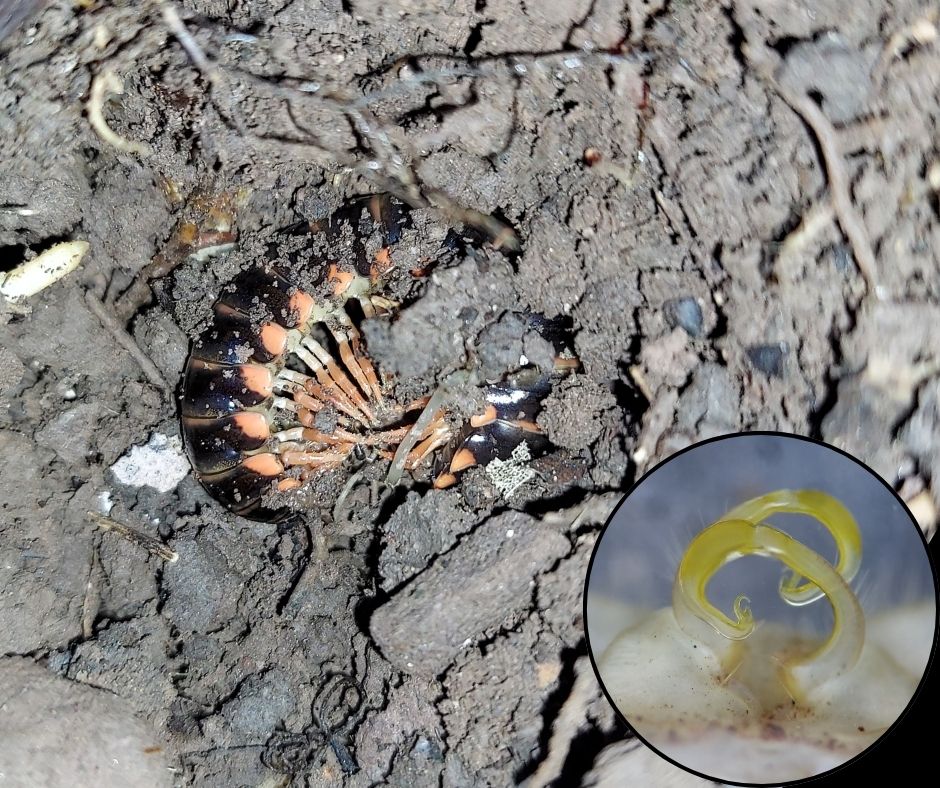
Derek Hennen, field zoologist, discovered a new population of the Appalachian mimic millipede (Appalachioria versicolor) at Hungry Mother State Park in Smyth County on Oct. 21. The large millipede, often found in leaf litter in moist cove forests, is ranked imperiled (both globally and in Virginia). It sports color patterns of black with red, orange or yellow spots, which advertise formidable chemical defenses to predators, such as hydrogen cyanide and benzaldehyde.
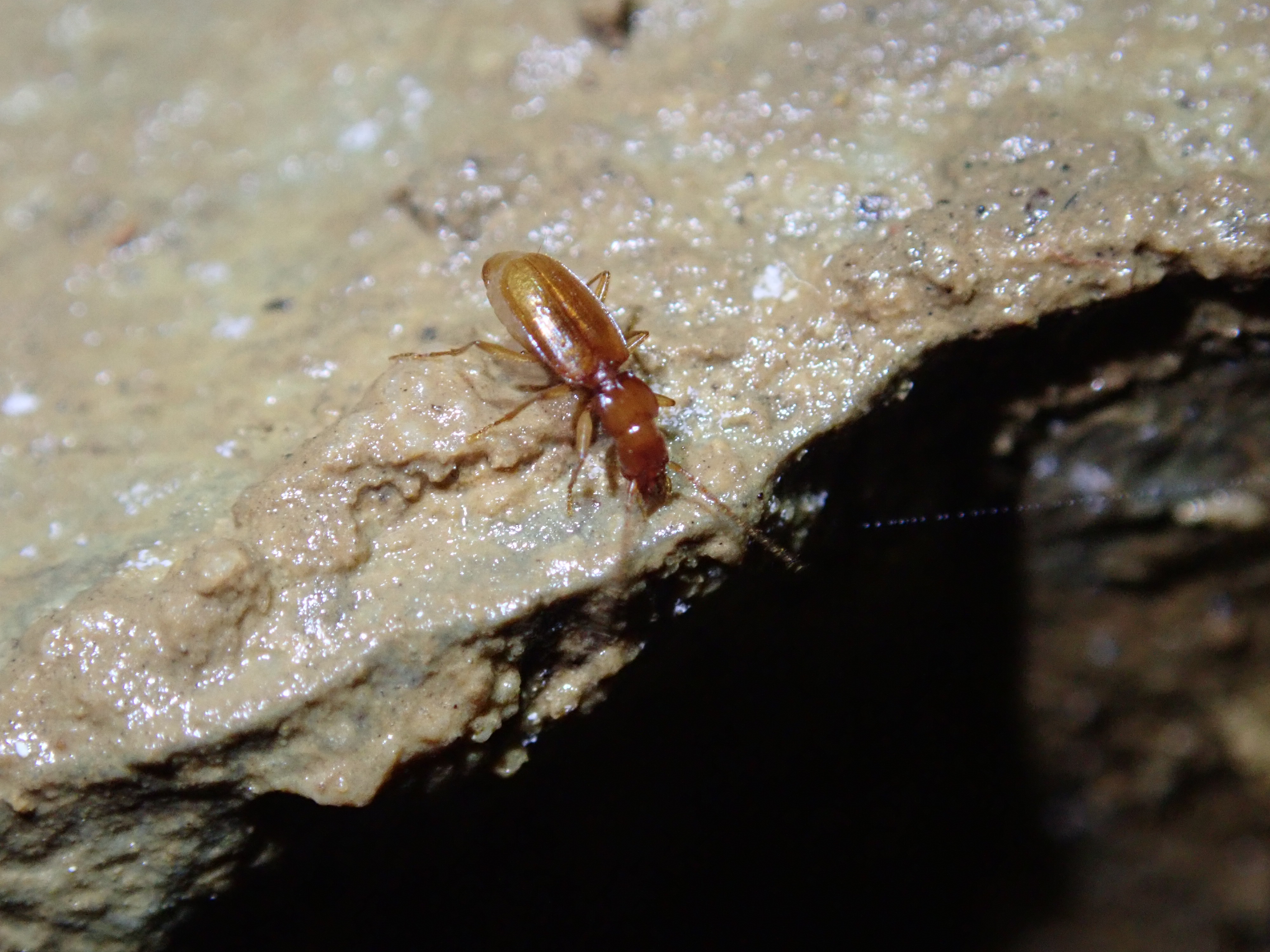
Bath County: Tom Malabad, lead cave and karst scientist, co-authored a study in the journal Subterranean Biology that named and described a cave beetle species new to science, Horologion hubbardi sp. nov.
Grottoes: Wil Orndorff, karst protection coordinator, found a Pseudanopthalmus cave beetle in Fountain Cave at Grand Caverns park, a show cave attraction, on Nov. 19. This was the first documented cave beetle in this cave despite more than 60 years of explorations. It is also a range expansion for this genus; the exact species has yet to be determined by experts.
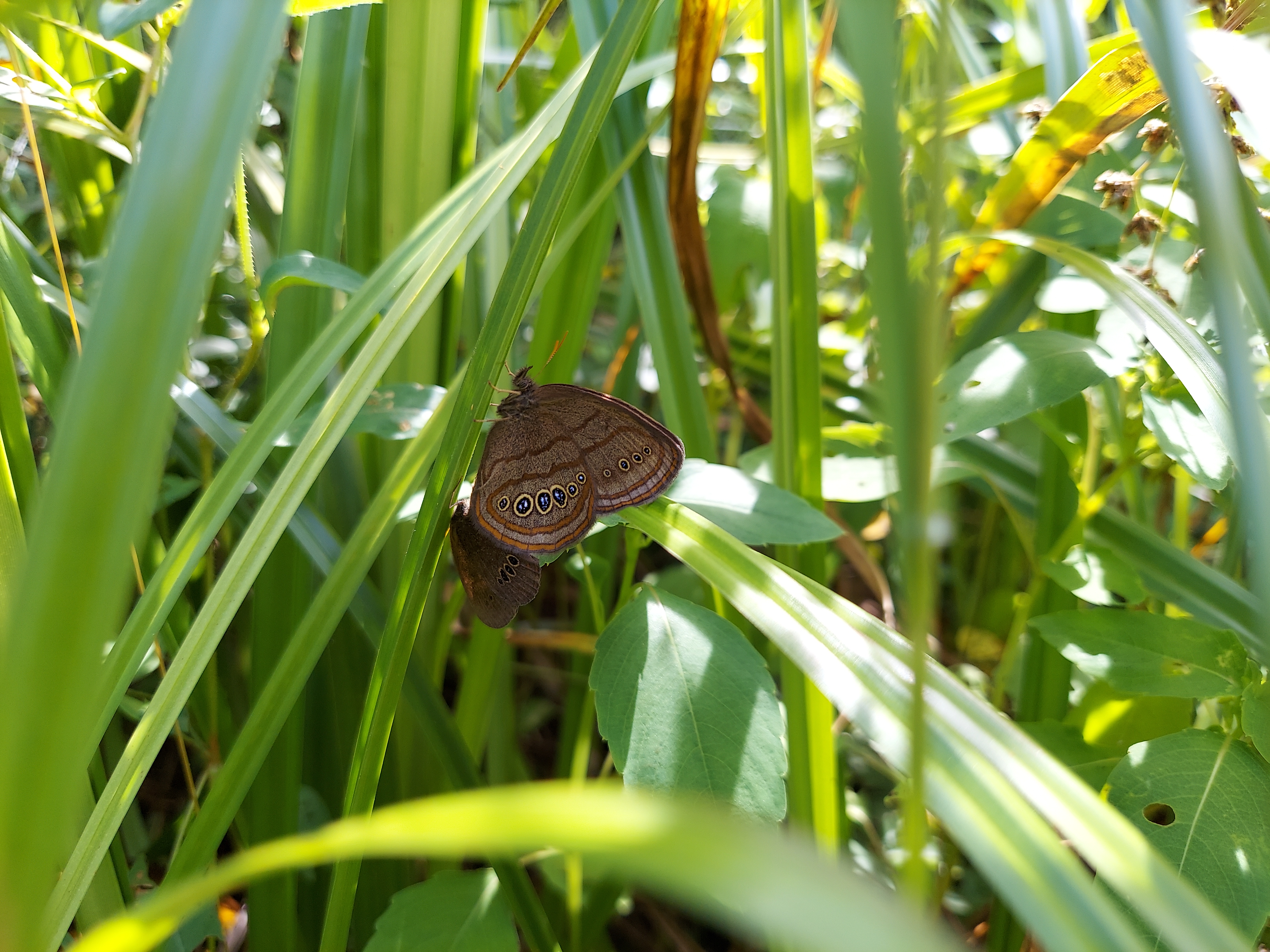
Staff zoologists found Mitchell’s satyr (Neonympha mitchellii), a federally endangered butterfly, at nine of 11 Floyd County sites where populations had previously been documented. They also documented it for the first time at three additional locations.
The small, brown butterfly with black eyespots ringed with yellow, is one of the rarest butterflies in the eastern United States and is restricted to wetland habitats in five states.
The first range-wide survey for the species in seven years was conducted in the summer in partnership with the Virginia Department of Agriculture and Consumer Services, the U.S. Fish & Wildlife Service and private landowners.
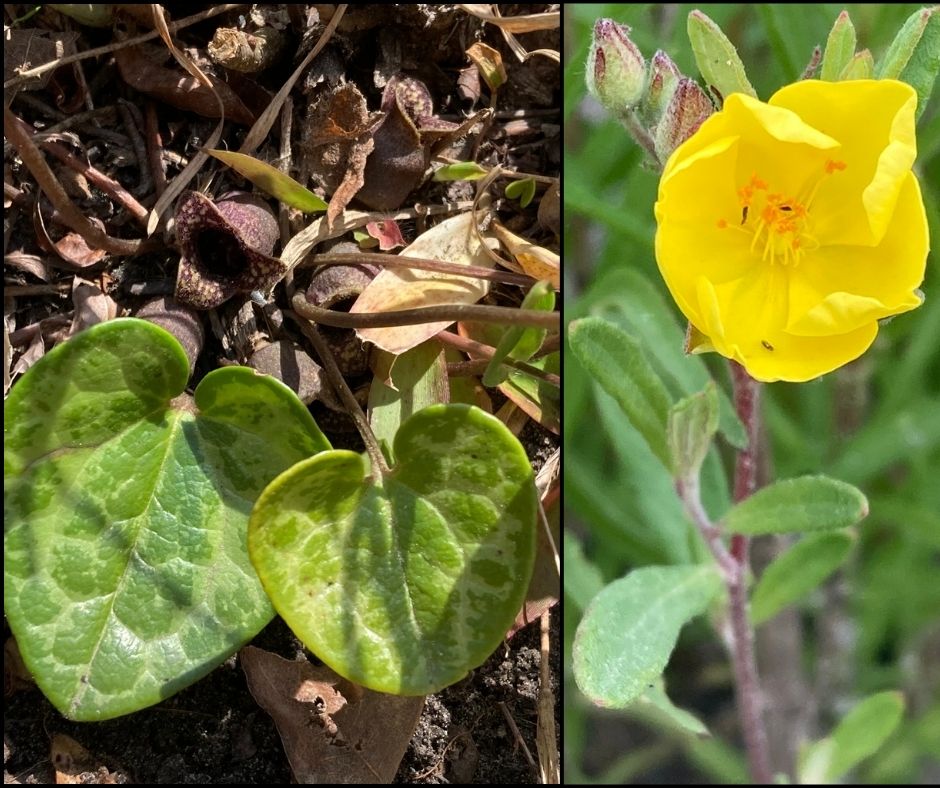
Vegetation Ecologist Joey Thompson discovered sandhills heartleaf (Hexastylis sorriei), a globally rare plant, at Fort Walker. Previously thought to be restricted to the sandhills region of North Carolina and South Carolina, the discovery at the military base near Bowling Green marked the first time it has been seen in Virginia. The low-growing plant with heart-shaped leaves seems to prefer land managed with prescribed fire between woodlands and swamps.
Thompson also discovered a new population of low frostweed (Crocanthemum propinquum) in a regularly burned open area of Fort Walker. Low frostweed had not been seen in Virginia since 1995. He found both plants in the spring of 2023 and received confirmation of the identifications in 2024.
.jpg)
Jennifer Stanley, field botanist, and Thompson found smooth coneflower (Echinacea laevigata) on Sept. 24 in Lunenburg County, where it has never been documented. The discovery of the species listed as threatened (both federal and state), represents a modest extension of its known range in the southern Piedmont region. The species, with pale pink or lavender drooping ray flowers and a cone-shaped seedhead, is closely related to the purple coneflower (Echinacea purpurea).
Stanley and Thompson also found previously unknown populations of Northern rattlesnake-master (Eryngium yuccifolium), which is ranked imperiled in Virginia. The distinctive rattlesnake-master features bristly, round flower heads with tiny white petals and yucca-like leaves. Both species were found in a powerline right-of-way on surveys with Dominion Energy.
Categories
Conservation | Native Plants | Natural Heritage | Nature

